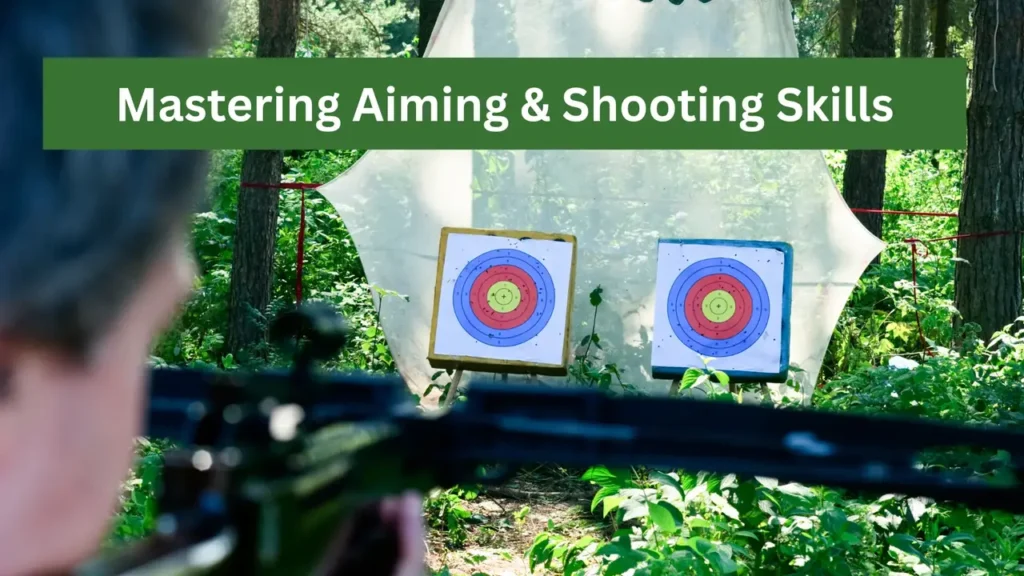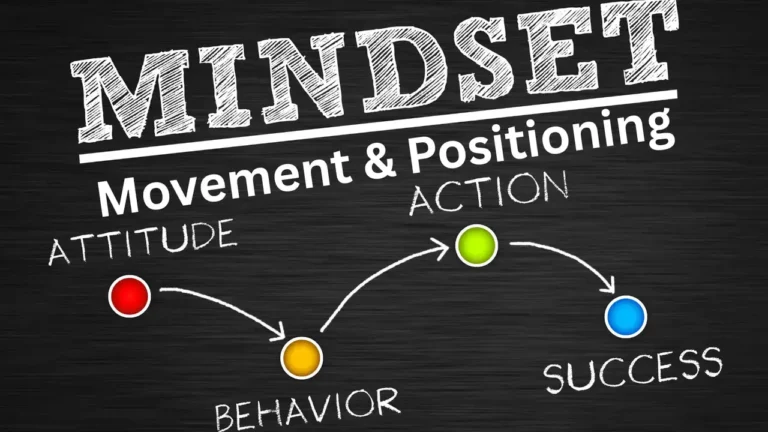Mastering Aiming & Shooting Skills: A Comprehensive Guide
In the world of shooting sports and self-defense, mastering aiming and shooting skills is essential for accuracy and safety.
Whether you’re a novice or an experienced shooter, understanding the fundamentals and continuously refining your technique can make a significant difference in your performance.
Understanding the Mastering Aiming & Shooting Skills
Mastering Aiming & Shooting Skills is the process of aligning your firearm’s sights with your target. Proper sight alignment ensures that the bullet hits the intended point of impact. To achieve this:
- Focus on the Front Sight: The front sight should be sharp and clear, while the rear sight and target can be slightly blurred.
- Align the Sights Properly: The top of the front sight should be level with the top of the rear sight, with equal spacing on both sides.
- Maintain a Steady Grip: A firm grip helps in controlling recoil and maintaining sight alignment.
Developing Effective Shooting Techniques
Mastering Aiming & Shooting Skills accurately requires more than just aiming; it involves a combination of factors:

- Trigger Control: Apply steady, even pressure on the trigger to avoid jerking, which can misalign your sights.
- Breathing Control: Control your breathing to minimize body movement. Exhale halfway, pause, and then squeeze the trigger during the natural respiratory pause.
- Follow Through: Maintain your shooting position after the shot to ensure consistency and assess the impact.
Enhancing Accuracy Through Practice
Regular practice is key to improving your Mastering Aiming & Shooting Skills:
- Dry Fire Drills: Practice aiming and trigger control without live ammunition to build muscle memory.
- Live Fire Practice: Regularly visit shooting ranges to practice with live ammunition, focusing on different distances and scenarios.
- Structured Drills: Incorporate drills that challenge various aspects of shooting, such as speed, accuracy, and movement.
Advanced Techniques for Precision Shooting
For those looking to take their skills to the next level:
- Natural Point of Aim: Ensure your body is aligned with the target so that the sights naturally point at it without muscle tension.
- Sight Picture: Develop a consistent sight picture, where the front sight is aligned with the target and the rear sight.
- Mental Visualization: Before shooting, visualize the entire process to enhance focus and performance.
Safety Measures in Aiming and Shooting
Safety should always be the top priority:
- Always Treat Firearms as Loaded: Never assume a firearm is unloaded.
- Keep the Muzzle Pointed in a Safe Direction: Always be aware of your surroundings and what’s beyond your target.
- Wear Appropriate Safety Gear: Use ear and eye protection to safeguard against noise and debris.
Conclusion
Mastering aiming and shooting skills is a continuous journey that requires dedication, practice, and attention to detail. By understanding the fundamentals, practicing regularly, and prioritizing safety, you can enhance your accuracy and confidence in shooting.
FAQs
What is the best stance for shooting?
The isosceles stance, with feet shoulder-width apart and arms fully extended, provides stability and control.
How can I improve my trigger control?
Practice applying steady, even pressure on the trigger without jerking to maintain sight alignment.
Why is breathing control important in shooting?
Controlling your breathing minimizes body movement, leading to more accurate shots.
What are dry fire drills?
Dry fire drills involve practicing aiming and trigger control without live ammunition to build muscle memory.
How can I enhance my shooting accuracy?
Regular practice, structured drills, and focusing on fundamentals like sight alignment and trigger control can improve accuracy.





